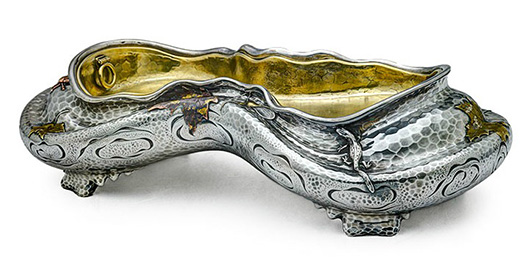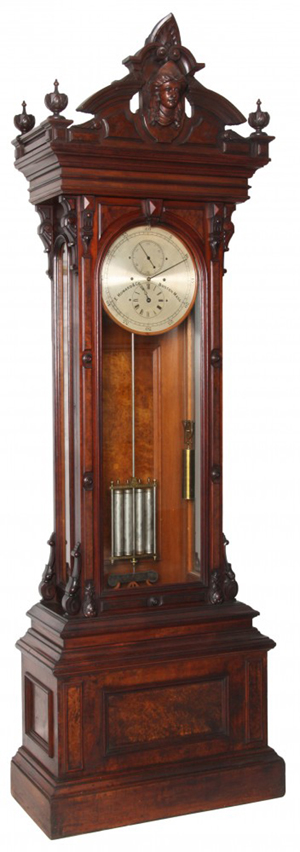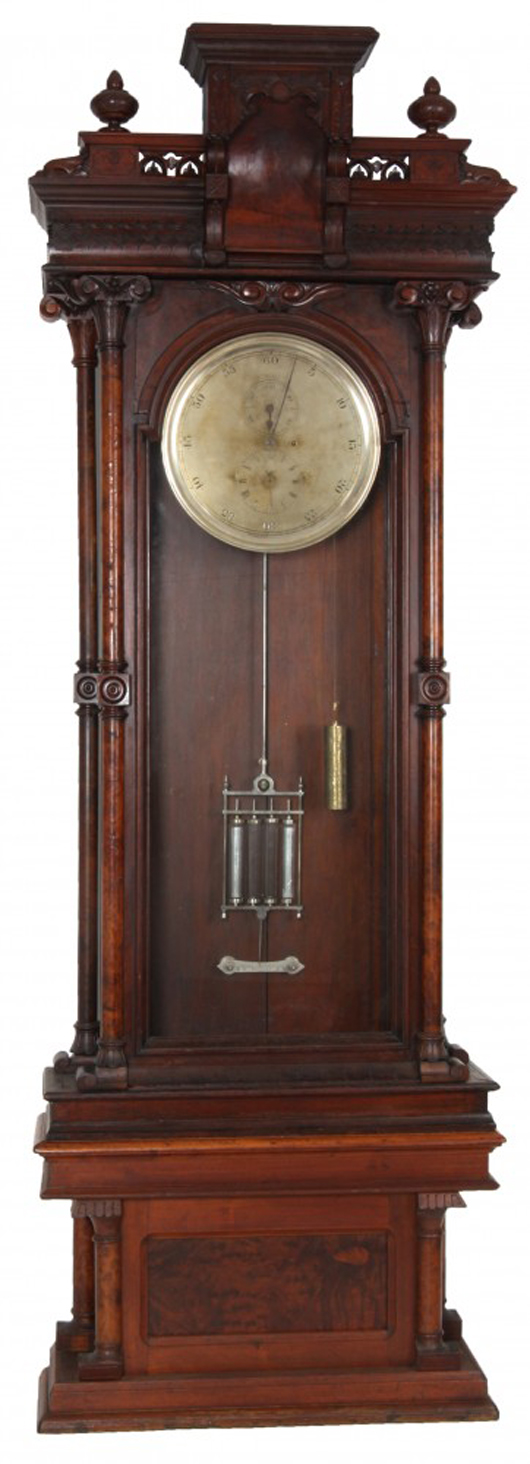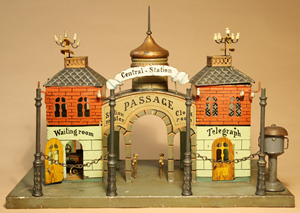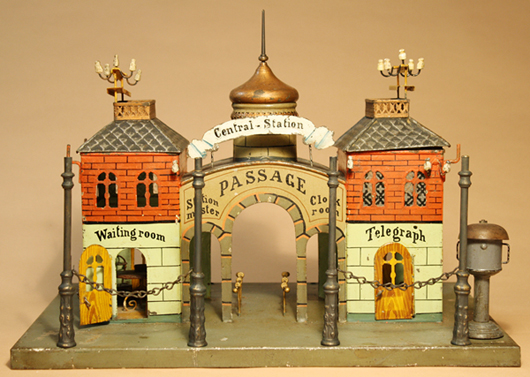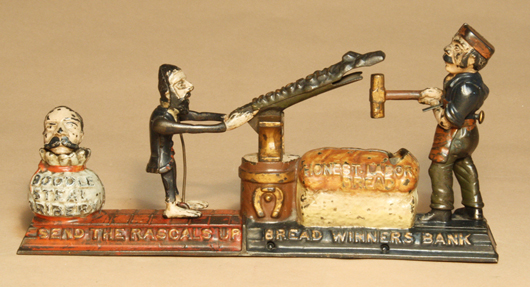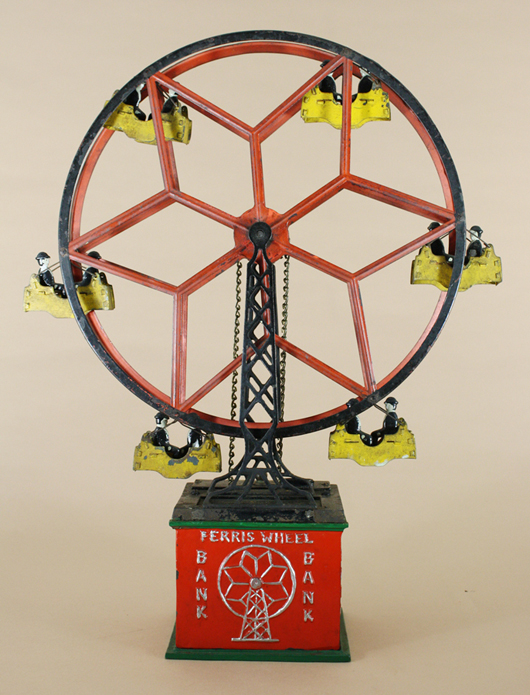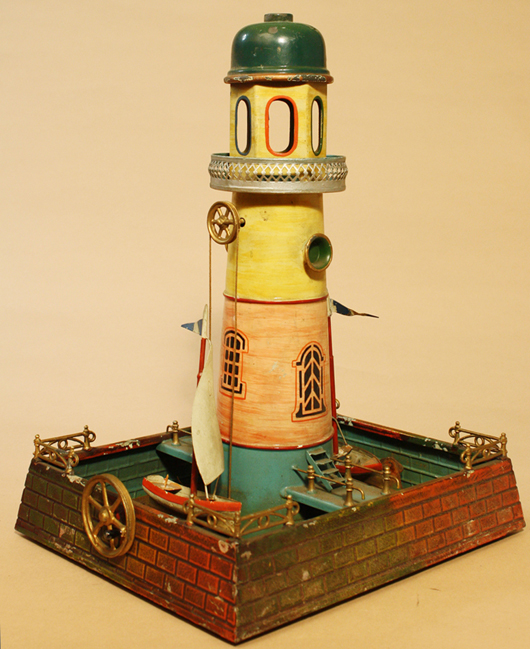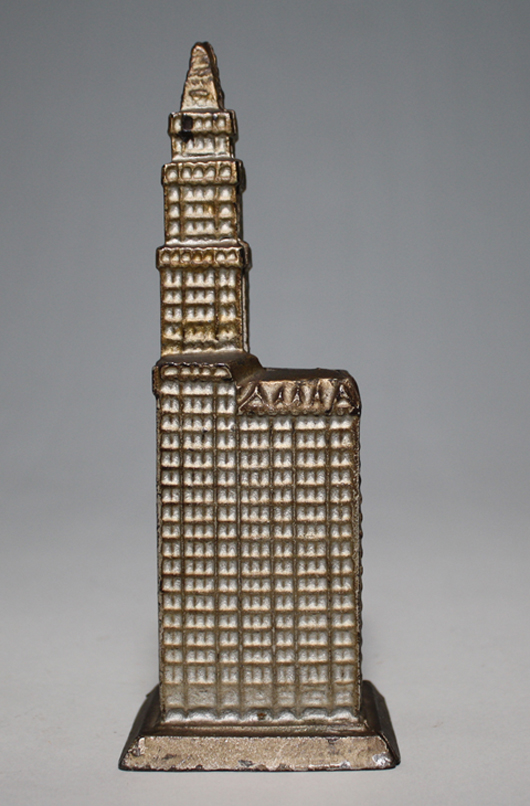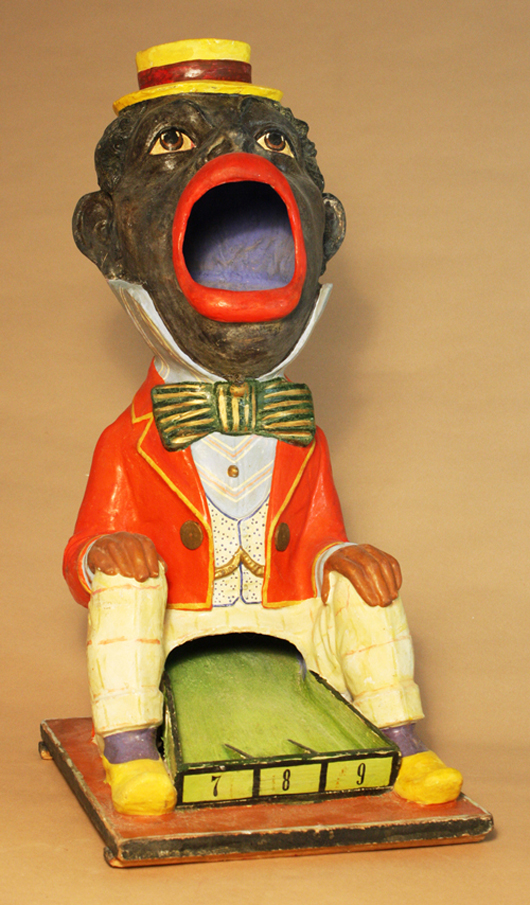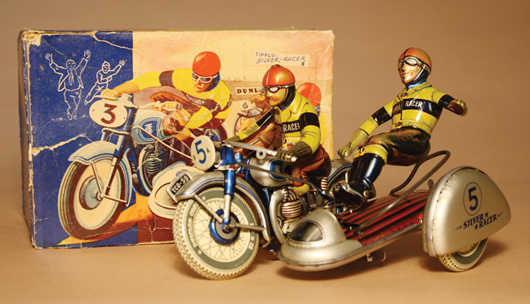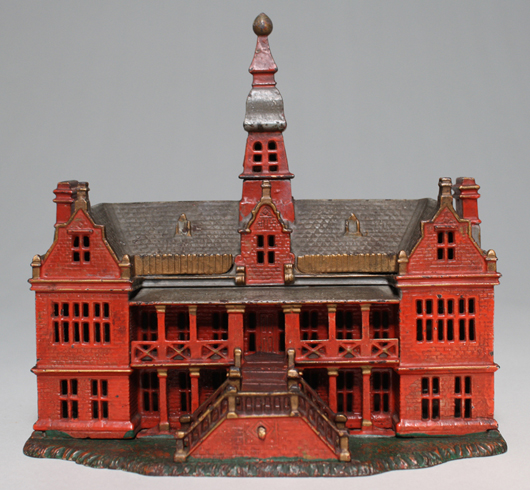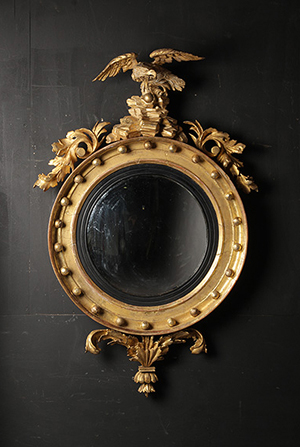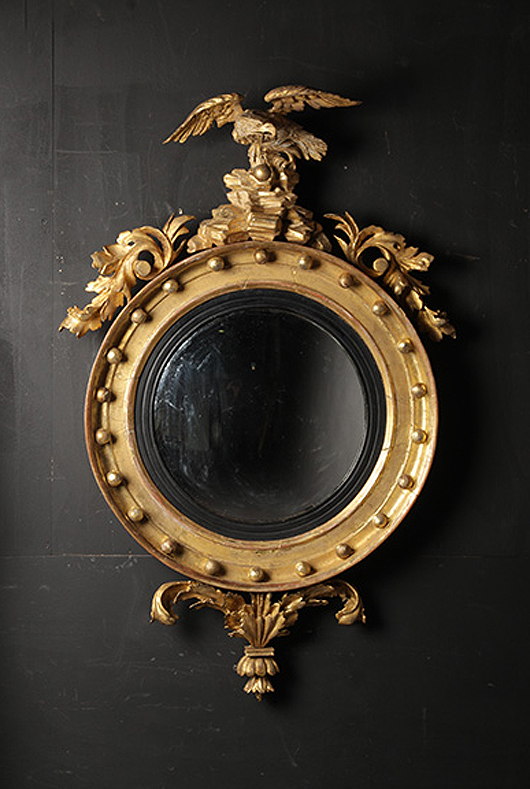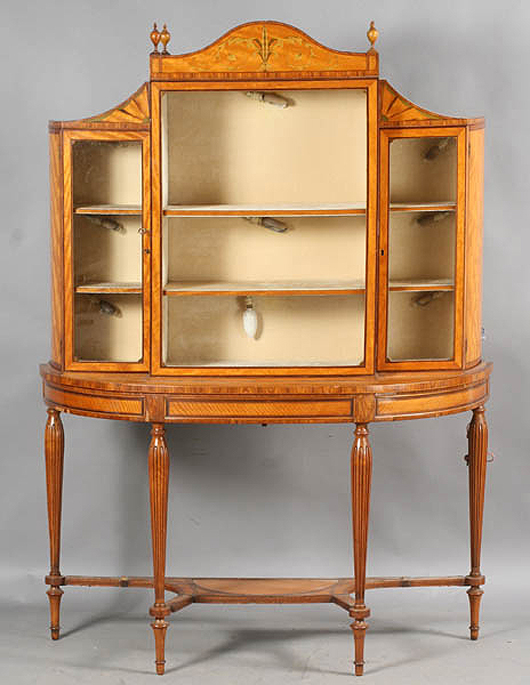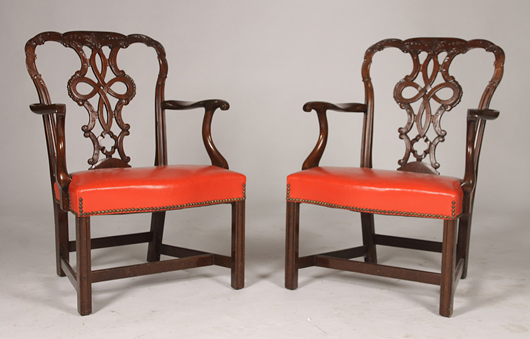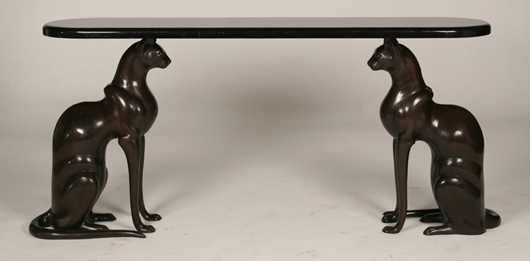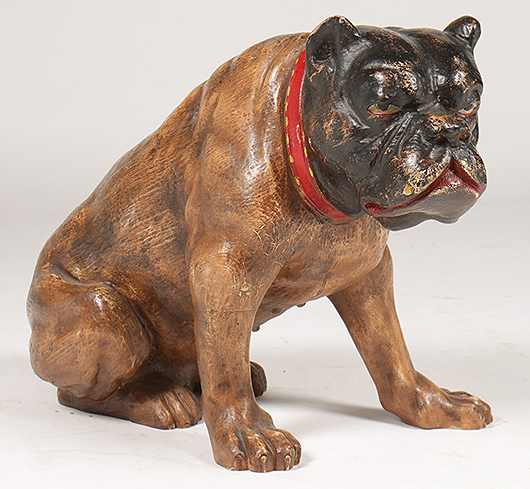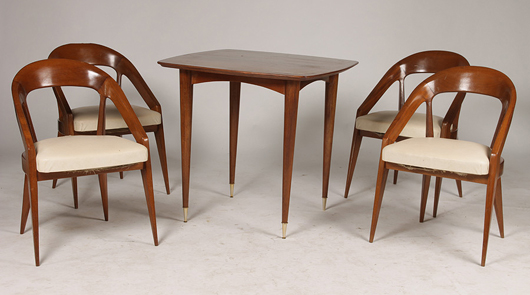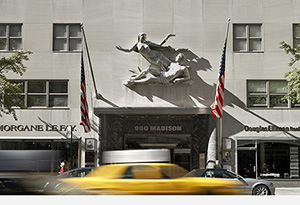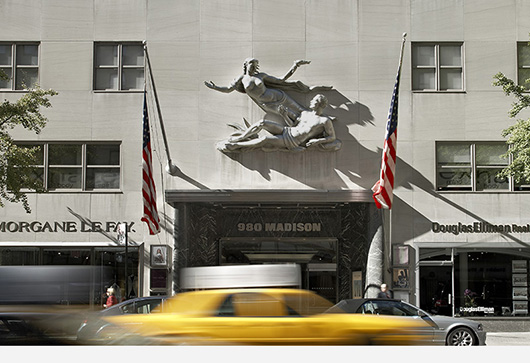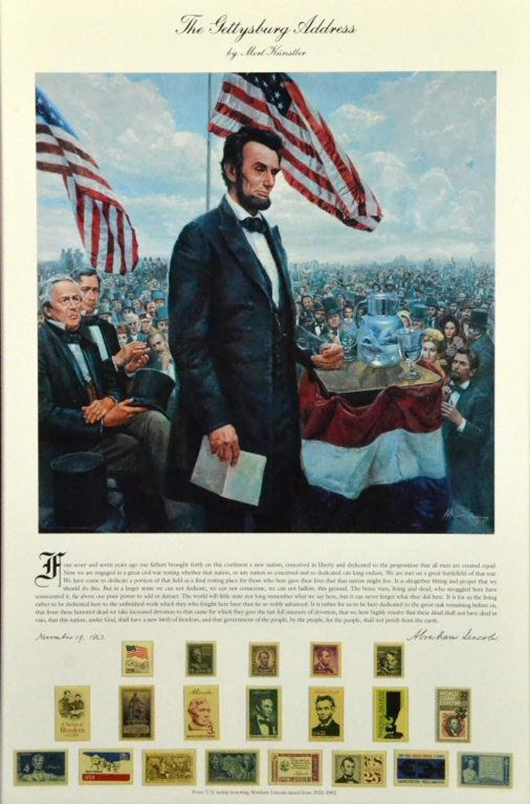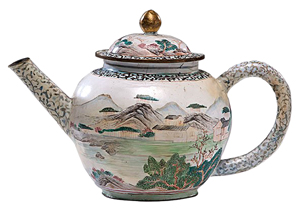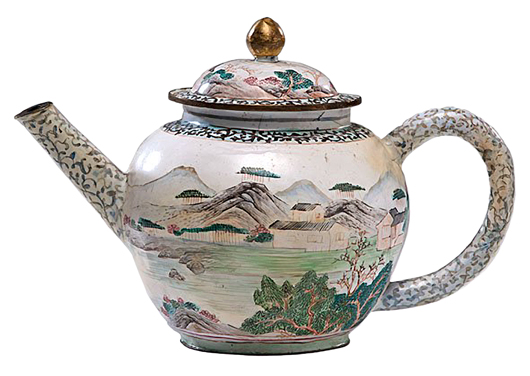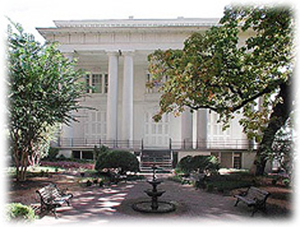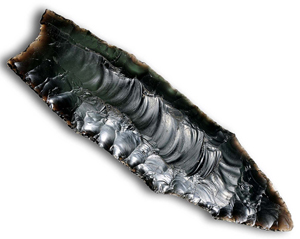
Star of the auction, the Rutz Clovis Point, sea green obsidian, 9¾ in, discovered by Les Ira Kreis in the early 1950s in a wheat field on Badger Mountain, near the community of Badger Creek Springs, Washington. Sold for $276,000. Morphy Auctions image. DENVER, Pa. – A buzz filled the room at Morphy’s November 9 auction after the hammer fell on Lot 57, a 9¾-inch sea-green obsidian artifact known as the Rutz Clovis point. The star of Morphy’s 159-lot Prehistoric American Artifact & Arrowhead debut auction, the point discovered on a mountain in Washington state in the early 1950s is known to collectors far and wide as one of the great treasures of its type. Entered with a $200,000-$400,000 estimate, the Rutz Clovis did not disappoint, selling to a Texas collector for $276,000. All prices quoted are inclusive of 20% buyer’s premium.
“How famous is the Rutz Clovis point? Ask the floor bidder who had an image of it tattooed on his calf!” said an amused John Mark Clark, who heads Morphy’s Prehistoric American Artifact & Arrowhead department. “Unfortunately for him, he’ll have to be satisfied with the tattoo, because he wasn’t the winning bidder.”
With the sale of the Rutz Clovis, Morphy’s has established what experts believe is a world-record price for a North American flaked stone artifact at auction.
Many other lots in the sale achieved strong prices. A ferruginous quartz bottle bannerstone found on the Bell Farm in Davidson County, Tennessee, in 1910, handily surpassed its estimate at $38,400. Another unusual figural piece, a rat-tail spud of polished metamorphic material, described in the auction catalog as “one of the rarest spud forms within the Southeastern Ceremonial Complex,” was bid beyond its estimate range to $31,200. Also attracting an impressive price was the lot of 20 points from the grouping known as the Motley Cache, of Todd County, Kentucky. It concluded its bidding run at $28,800.
“Top lots in the sale attracted fantastic prices, and many collectors around the country were paying close attention,” said Morphy Auctions CEO Dan Morphy. “There was a lot of positive feedback after the sale, and we had several phone calls regarding the potential consignment of important collections. It’s an exciting new category for Morphy’s, and we’re definitely well guided with Mark Clark as head of our department. All of the collectors know how incredibly knowledgeable and honest he is.”
Commenting on the success of Morphy’s debut in the category of prehistoric American artifacts and arrowheads, Clark remarked: “I think buyers had confidence in our authentication process and with our introduction of scientific procedures to that process. Right out of the gate, Morphy’s has established itself as the place to buy and consign top-quality artifacts.”
Morphy’s next specialty auction in this category, slated for June or July of next year, will be considerably larger than the Nov. 9 Prehistoric premiere and will continue to focus on the upper end of the market. Premium-quality artifacts have already been consigned, including a one-of-a-kind proto-historic pottery pipe, blades and projectile points from a three-generation northern Ohio family’s collection.
To contact Morphy’s, call 717-335-3435 or email serena@morphyauctions.com. Visit their website at www.morphyauctions.com.
# # #
Click here to view the fully illustrated catalog for this sale, complete with prices realized.
ADDITIONAL LOTS OF NOTE
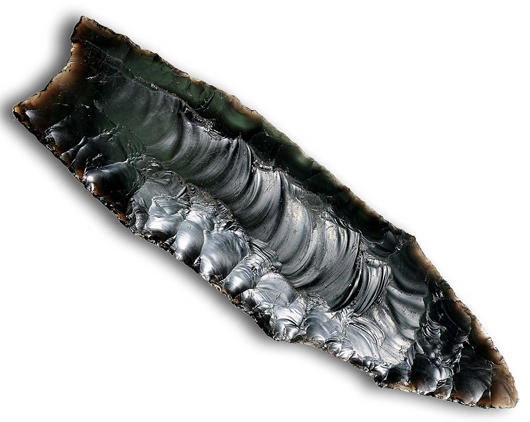
Star of the auction, the Rutz Clovis Point, sea green obsidian, 9¾ in, discovered by Les Ira Kreis in the early 1950s in a wheat field on Badger Mountain, near the community of Badger Creek Springs, Washington. Sold for $276,000. Morphy Auctions image. 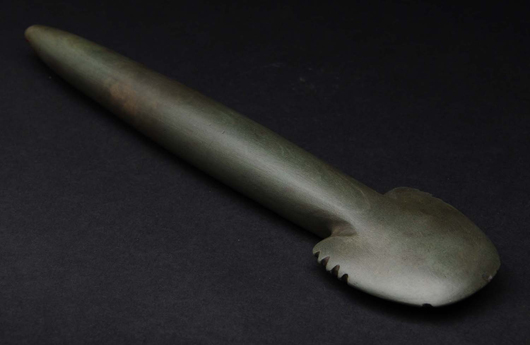
Rat-tail spud with unusual tally marks on each side of the bit. Origin: Polk County, Tennessee. Sold for $31,200. Morphy Auctions image. 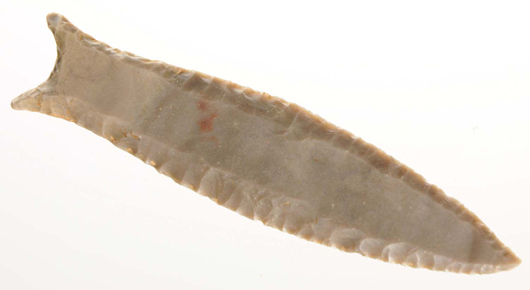
Cumberland fluted point found on farm near Marion, Tennessee. Sold for $26,400. Morphy Auctions image. 
Tennessee bottle bannerstone of ferruginous quartz. Found on the Bell Farm in Davidson County, Tennessee, in 1910. Provenance: John Mark Clark collection. Sold for $38,400. Morphy Auctions image.


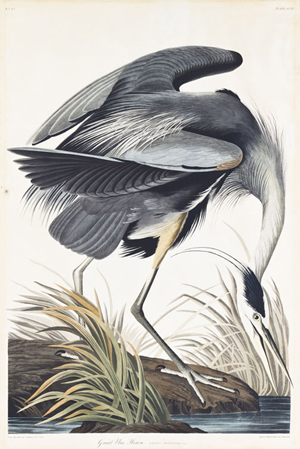
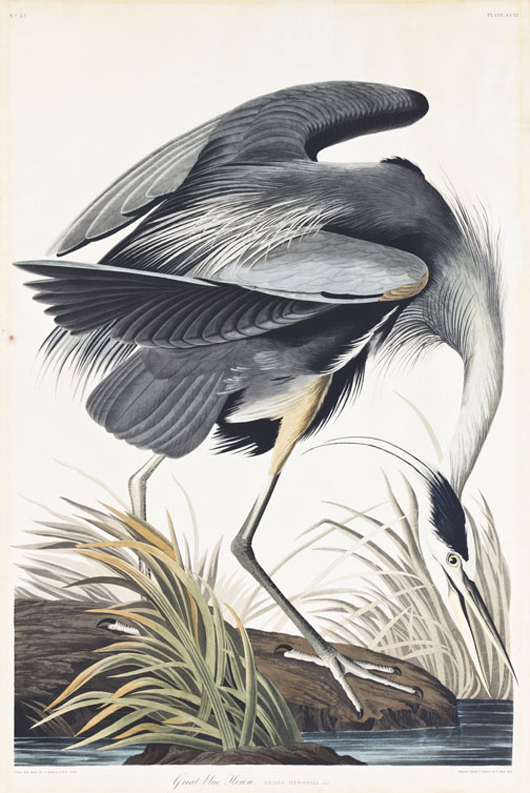
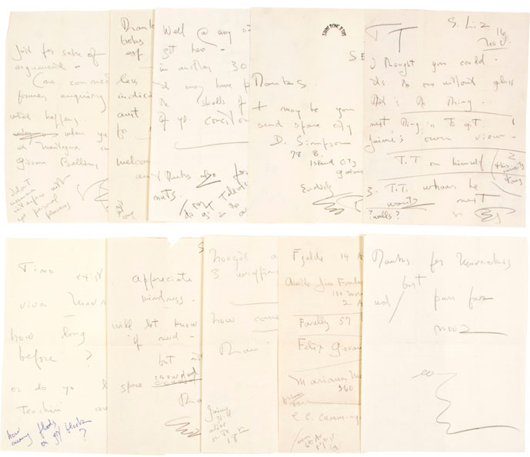
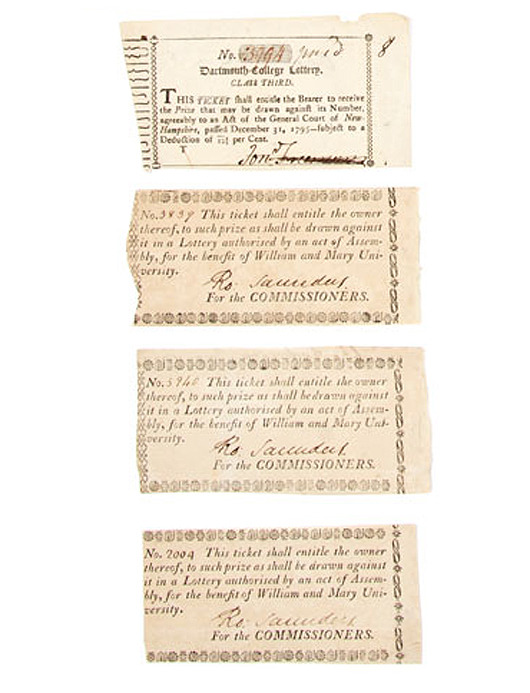
![Lot 143: [Plan de Turgot] Bretez, Louis. Plan de Paris. Paris, 1739. First edition of famed bird's-eye view map, on 21 sheets. Sold for $12,500. Leslie Hindman Auctioneers image. Lot 143: [Plan de Turgot] Bretez, Louis. Plan de Paris. Paris, 1739. First edition of famed bird's-eye view map, on 21 sheets. Sold for $12,500. Leslie Hindman Auctioneers image.](https://www.liveauctioneers.com/news/wp-content/uploads/2013/11/2013_1119_hindman143.jpg)

